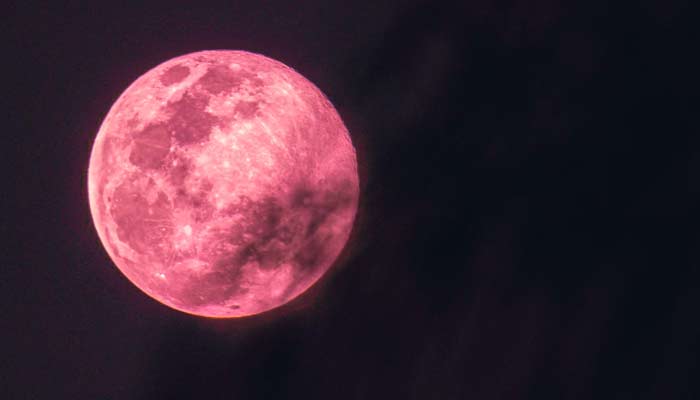Why is full moon of April 2024 called 'pink moon'?
April's pink moon set to last for about from Monday morning to Thursday morning
April 21, 2024

The moon will be making another spectacular appearance in the sky over the next few days following the total solar eclipse earlier this month.
April's full moon will happen on Tuesday evening, (April 23), at 7:49pm EDT and, according to the National Aeronautics and Space Administration (Nasa), it will last from Monday morning to Thursday morning, USA Today reported.
However, the full "pink" moon, unless affected by unforeseen atmospheric phenomena such as wildfire smoke, won't actually appear pink to our eyes.
According to the Old Farmer's Almanac, the moon should be "its usual golden colour near the horizon and fade to a bright white as it glides overhead."
So, if April's full moon isn't supposed to appear pink to the human eye, then why is it called the "pink moon"?
Native Americans and other people have named the months from natural indications for a millennia. Every full moon has a unique name.
According to Nasa, 'Native American names for full moons were first published by the Maine Farmers' Almanac in the 1930s, and these names are still in common usage today.
April's full moon, the "pink" moon, is named after the herb moss pink, also known as creeping phlox, moss phlox or mountain phlox.
The herb, which is native to the eastern USA, is one of the earliest widespread flowers of spring and, according to the Farmer's Almanac, it thrives in sandy or rocky soils and is often used as a ground cover.
Nasa said other names for this moon include the sprouting grass moon, the egg moon, and the fish moon, because this was when the shad swam upstream to spawn.











